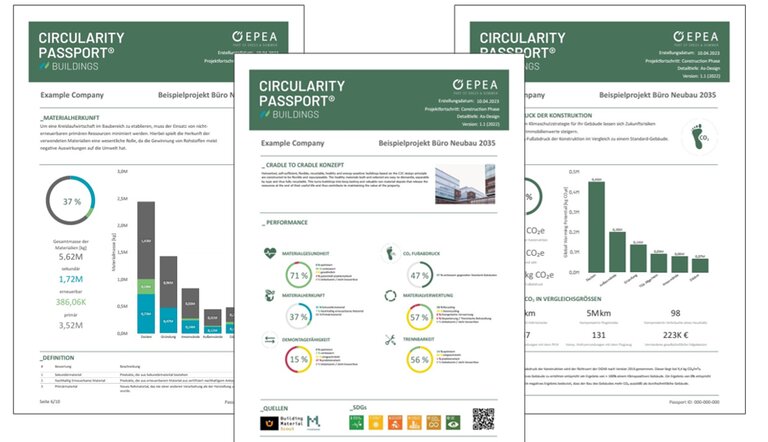According to World Bank forecasts, around four billion tonnes of waste will be generated by 2050 - almost 60 percent more than today.* The majority of this will be generated in industrialised countries. No other sector produces more waste than the construction industry. Materials such as concrete, plaster or gravel usually end up in landfill during remodelling or demolition work, even though they are urgently needed for new construction projects and are expensive. The switch to a circular economy should put a stop to this. The problem: "Currently, not even 10 per cent of new and existing buildings are designed for dismantling. In order for seamless recycling to succeed, we first need transparency about what is actually in our buildings and what we can do better to reduce CO2 emissions and primary materials. That's why we need material passports for buildings across the board," says Dr Peter Mösle. As Managing Director of the environmental consulting institute EPEA, a subsidiary of construction and property consultancy Drees & Sommer SE, Mösle and his team design such material passports for all types of buildings. EPEA has now analysed around 50 of these in a unique evaluation and derived important findings for their nationwide design.
For more information, please consult our press release.
